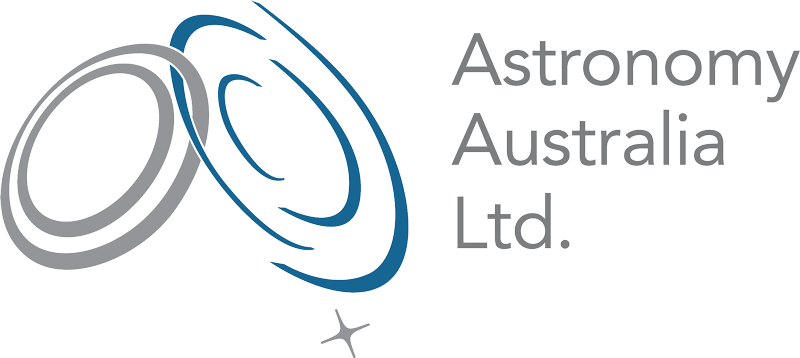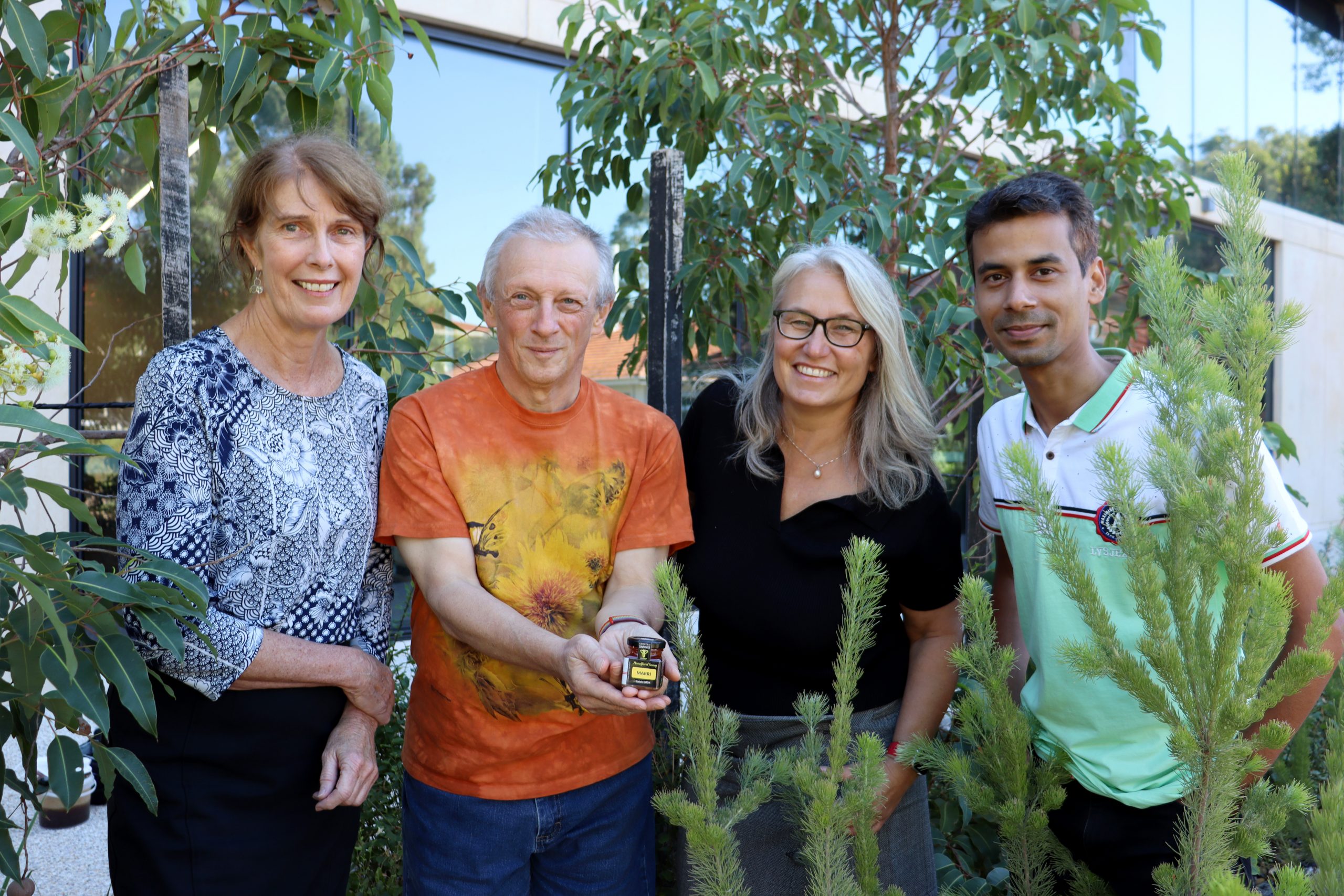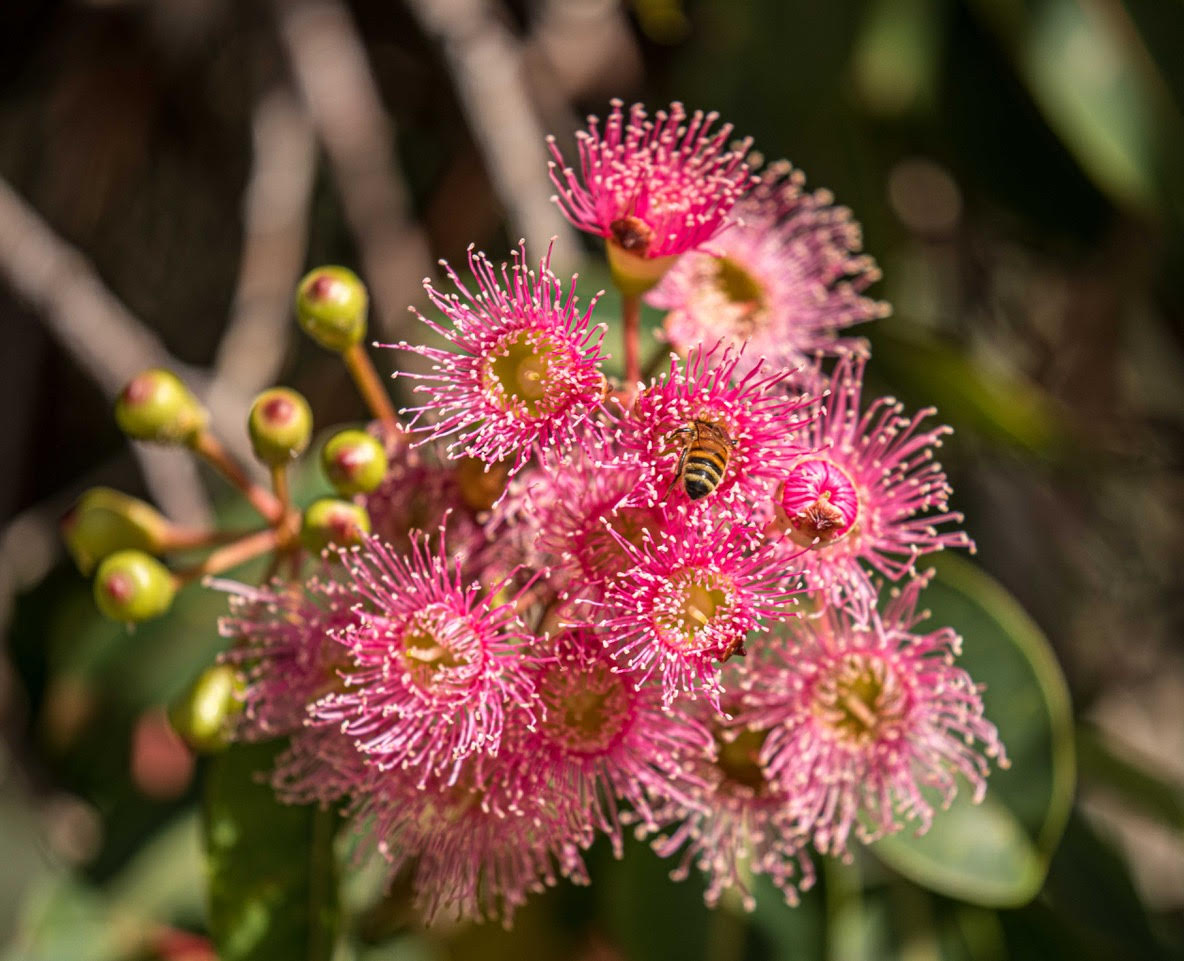The International Centre for Radio Astronomy Research (ICRAR) and Cooperative Research Centre for Honey Bee Products (CRCHBP) are working together to identify the unique chemical signature of different honey varieties.
As every beekeeper knows, bees like to feed on nectar from a variety of plants – around 250 for West Australian bees. Plant nectars all contain different flavonoids, phenolics and other compounds, so while this produces a great range of honey with very distinctive flavours, it also makes it very difficult for beekeepers to identify exactly which flowers the bees are visiting.
When CRCHBP stepped in to help, they saw the difficulty of the task ahead. Under the supervision of Associate Professor Cornelia Locher, University of Western Australia PhD candidate Md Khairul Islam tried to identify the nectar source of the honeys – but with no reference point for what pure honey from a single species looked like, no way to control the bees, and so many different plants that the bees could visit during a particular feeding session – it seemed to be almost impossible to figure out chemical signatures for the different nectars.
Fortunately the Chief Executive of CRCHBP, Dr Liz Barbour, had an astronomy connection via ICRAR’s Kevin Vinsen. A data intensive astronomer, Kevin realised that the technique used to identify the wavelengths of light emitted by a star – known as spectroscopy – could be utilised by researchers to identify the flavonoids and phenolics in the profiles of their honey.
Essentially, the technique works in astronomy by studying the light curve of a star that can be observed via spectroscopy. The intensity of the photons across different wavelengths will indicate which elements are present in the light emitted, as well as many other properties of the star. Similarly, this technique can be used to observe the intensity of the flavonoids and phenolics in the honey, and then extrapolate this to identify unique signatures in a particular honey variety.
Once this technique was applied to honey, it emerged that most of the samples were comprised of a variety of different nectars, with some proving to be dominant. This made sense to researchers, who were seeing bioactivity variations in the majority of the honey tested – with the exception of coastal peppermint honey, where the bees seemed loyal to coastal peppermint flowers alone. Not only does this result allow the beekeepers to understand the feeding patterns of their bees, but it also opens up the prospect of a creating a high-value export honey – much like the New Zealand bee industry with their Manuka honey variety. Coastal peppermint honey, for example, has very high antioxidant activity.



